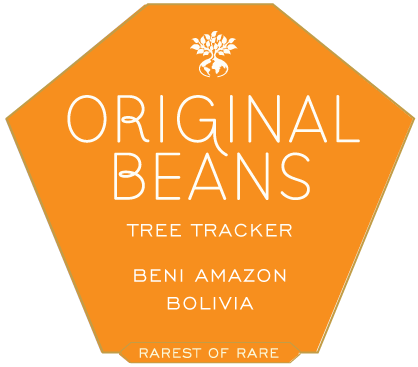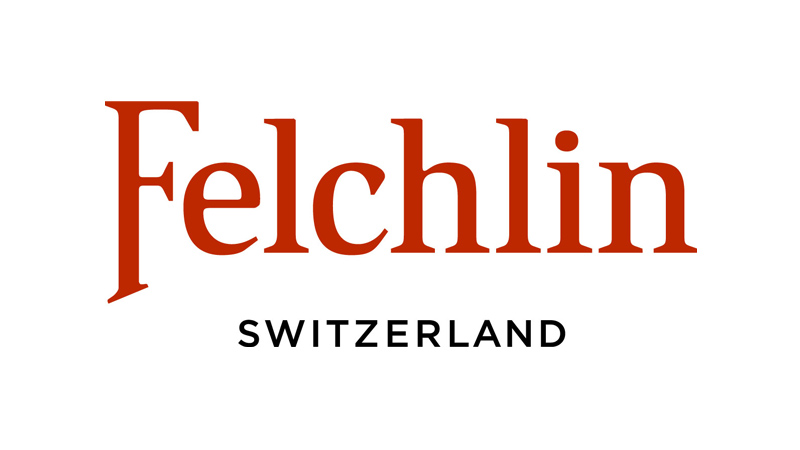www.originalbeans.com

Thank you for growing a tree!
Together we regenerate what we consume in THE Beni of Bolivia
soccer fields of wild beniano cacao forest are being preserved
Cacao growers received training courses
Seedlings have been grown in local nurseries
Of additional income for local partners have been generated
Your tree grows here
| Area: | Mamoré and Itenez River |
| The forest: | Indigenous territory the size of 920.00 soccer fields |
| Rare wildlife: | Blue-throated macaw, pink river dolphins, jaguars, ocelots, squirrel monkeys, giant anteater, black caiman |
| Original bean: | Wild and native Beniano cacao |
| Your growers: | Indigenous Movima and Arawak villages |
TIMELINE
Updated: April 2022
Spring 2022
Our local partners found the indiginous Movima community and discover a new Beniano cacao Islands where they camp to harvest the wild cacao.
Winter 2021
Our local partner discovers a new cacao island and prepares the January harvest.
Spring 2021
Our local partner Forests of the World registers many different animals like monkeys, tapirs, and tiger cats in the cacao forest.
Winter 2020
Our Bean Team trained 45 indigenous Movima families in cacao harvest to explore unused cacao islands to increase their income generation.
Autumn 2020
Wildlife in the cacao forests is being monitored as part of the conservation project of our partner “Forest of the World”.
Visit the complete timeline of this project
ONE BAR : ONE TREE > GO SEE
At the forest frontier of the Amazon, cattle and soya industries are illegally grabbing indigenous lands to convert wild forests into bare fields.
The harvest of Beni Wild cacao creates sustainable incomes for indigenous Movima and Arawak communities. In this way we help to show that indigenous territories are under sustainable management and not up for grabs. And to defend the the amazing biodiversity of the Beni Amazon.
ALL THIS IS POSSIBLE THANKS TO YOUR PURCHASE!
PARTNERS IN BENI, BOLIVIA


Beni Wild 66%
Hints of floral honey, apricot and jasmine tea are present in this rarest of rare cacao. The taste leads to the wild cacao trees on Amazon forest islands, home to the vivid blue-throated macaw.

